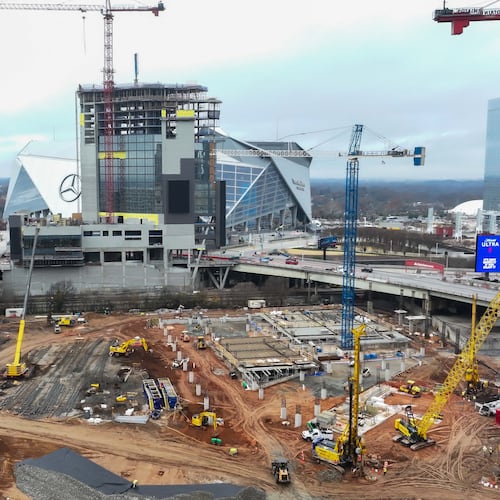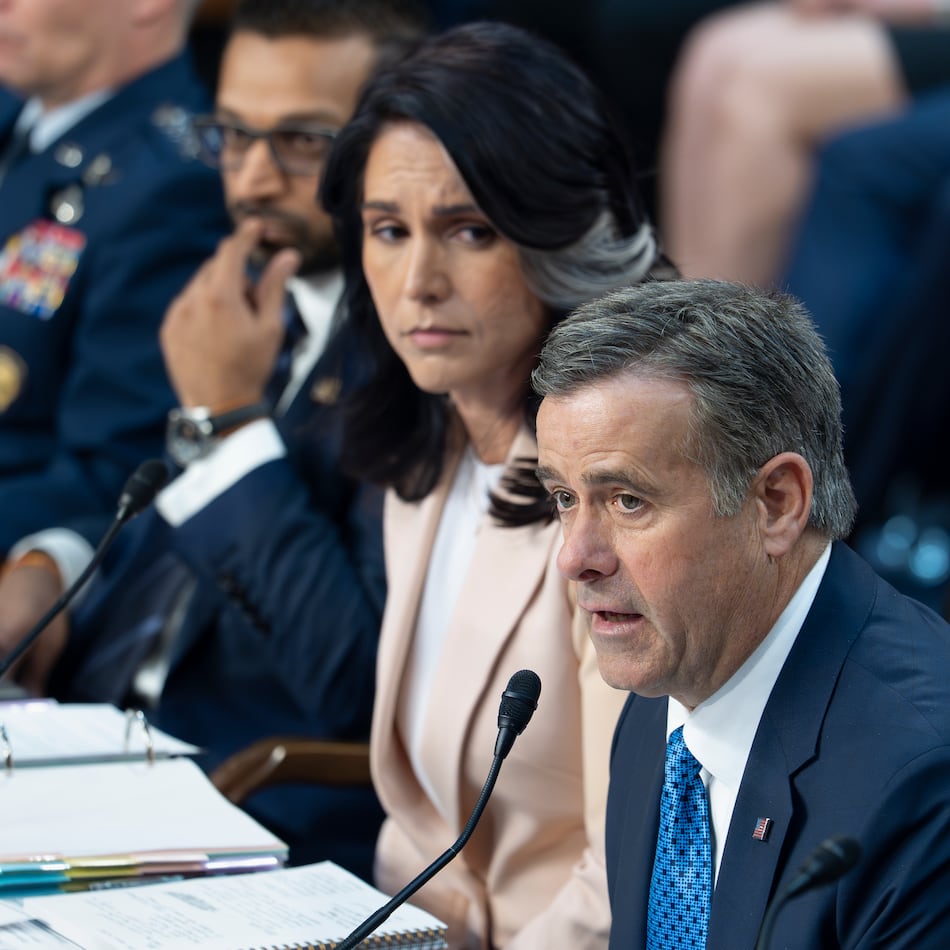MARTA’s plan for bus rapid transit on Campbellton Road has sparked a backlash from area residents and a war of words with some members of the Atlanta City Council.
Critics of the plan say MARTA promised a light-rail line along the 6-mile corridor in southwest Atlanta, and they fear money intended for that project will instead benefit rail projects in other parts of the city. They blasted MARTA at a community meeting Tuesday night.
“We made a deal in good faith with MARTA,” Councilman Antonio Lewis told about 200 people gathered at Mount Carmel Baptist Church. “They either forgot what they said or they’re outright lying to us.”
MARTA decried “false, irresponsible statements” it says Lewis and Councilmembers Marci Collier Overstreet and Andrea Boone made in a statement released before Tuesday’s community meeting. The agency said neither light rail nor a specific amount of money was ever promised for the project.
“For Councilmember Overstreet and others to suggest MARTA is ‘stealing’ money from southwest Atlanta and the Campbellton Corridor project is absurd and false,” the statement said.
The backlash may signal more conflict to come as MARTA settles on the specifics of a $2.7 billion transit expansion approved by Atlanta voters in 2016. Among other projects, MARTA must finalize its plans for two other proposed rail lines: the Atlanta Beltline and the Clifton Corridor to the Emory University area.
Two years ago the agency released a list of projects it intends to build with that money. It includes 29 miles of light rail, 13 miles of bus rapid transit lines, station renovations and other improvements.
Among the light-rail lines was the Campbellton Road project. MARTA’s plan called for spending an estimated $311.2 million for light rail between the Oakland City station and Greenbriar Mall. It also included $5 million for a Greenbriar transit hub for local or enhanced bus service, for a total of $316.2 million in projects in the Campbellton Corridor.
MARTA chose light rail for planning purposes, but it spent the past two years studying the corridor to determine whether rail or bus rapid transit made sense. Last week, it announced it would recommend bus rapid transit — an enhanced bus service that includes limited stops, transit stations and other features that mimic rail lines. The proposal must still be approved by the MARTA board of directors.
MARTA says bus rapid transit would cost less to build — $130 million versus $340 million for light rail. It would be quicker to build, opening in 2028 — three years sooner than light rail. And it would be almost as fast as rail — 18 minutes from one end of the 6-mile line to the other, compared with 16 minutes for light rail.
But a MARTA survey shows area residents are split on their support of light rail versus bus rapid transit. Nearly all those who attended Tuesday’s meeting favored light rail.
“We pay the taxes,” the Rev. Darryl Miller said during the meeting. “We should demand we get what we ask for.”
Residents said they fear other parts of Atlanta will get rail while southwest Atlanta gets buses. They demanded equity in transit spending — a demand that some Atlanta councilmembers said they will fight for.
“We’re here because Campbellton Road deserves the promised investment of $317 million,” Overstreet said, drawing applause.
Overstreet has expressed support for bus rapid transit in the past. In an interview, she said she still doesn’t oppose bus rapid transit — but she wants to make sure all the money initially planned for the project stays in the corridor. If it’s not spent on light rail, she said it could go toward sidewalks, transit-oriented development and other improvements that would aid economic development.
On Monday, the Atlanta City Council approved an Overstreet resolution calling for MARTA to account for the money she says was intended for Campbellton Road.
In its statement, MARTA said its bus rapid transit proposal would “deliver on the promise of better connectivity for southwest Atlanta into the heavy rail system faster.”
It said the total amount of its investment is still to be determined, but it would include sidewalks, streetlights, bike facilities and repaving of the street. It said bus rapid transit can spark economic development, citing Georgia State University’s decision to accelerate development near MARTA’s planned Capitol Avenue/Summerhill line.
“The More MARTA Program does not set aside a specific amount of money for specific (city) council districts, rather, the program expands the transit system for the benefit of all Atlantans,” MARTA said. “It is irresponsible to suggest that MARTA and the City of Atlanta teams that jointly administer the More MARTA Program have been anything but responsible stewards of that funding.”
At Tuesday’s meeting, Mayor Andre Dickens expressed confidence the money in question will stay in the Campbellton Corridor, one way or another. He also made it clear he understands neighborhood concerns about equity with other parts of the city, including the Clifton Corridor.
“Twenty years from now, if they’ve got a train up there and we’ve got a bus down here, we’re going to have a fight,” Dickens said.
About the Author
The Latest
Featured


